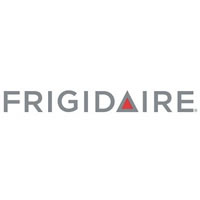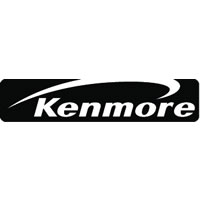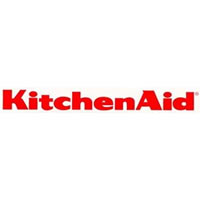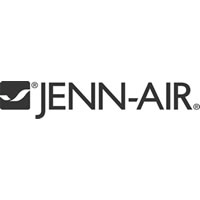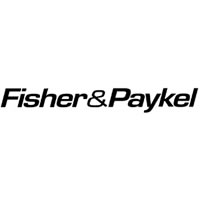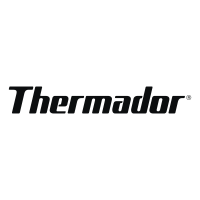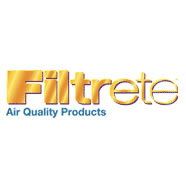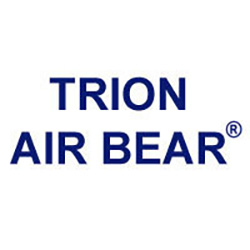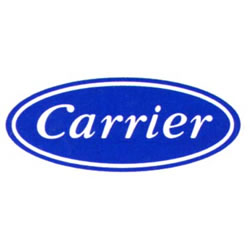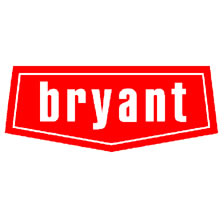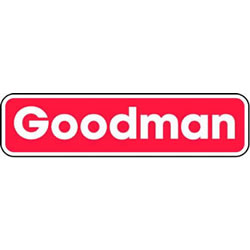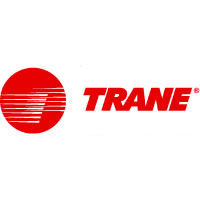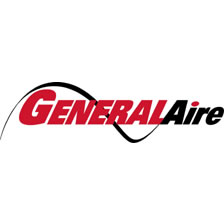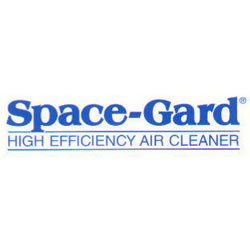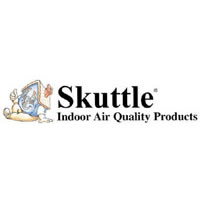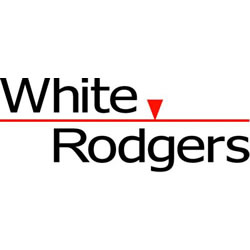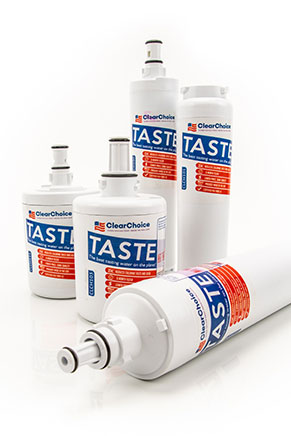Filtrete - 1900 MPR
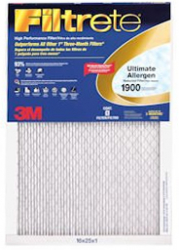
Filtrete® Ultimate Allergen Reduction Filter from 3M
The Filtrete® Ultra Allergen Reduction Filter carries a 3M Microparticle Performance Rating (MPR) of 1900 - roughly equivalent to a MERV 12 rating
Features:
- Meets the American Lung Association® Health House® Indoor Air Quality Guidelines
- No unnecessary antimicrobial chemicals added; Filtrete filtering material will not support the growth of bacteria, mold, mildew or fungi in normal use
- Contains electrostatically charged media to filter and attract particles in the air
93% effective at capturing large allergens like:
- Pollen
- Mold spores
- Dust mite debris
Attracts and captures microscopic allergens like:
- Smoke
- Pet dander
- Household dust
- Smog
- Bacteria
- Particles that carry viruses
- Particles that can carry odors
* This filter should be changed at least every 3 months. Certain conditions in your home will significantly add particles to the air - this will cause the filter to capture more particles, shortening it's life to less than 3 months. These conditions would include: dirty ductwork, pets, construction work, sanding projects, tobacco smoke, burning candles, fireplaces and wood-burning stoves.
WHY USE MPR RATHER THAN MERV RATING?
The Heating, Ventilating and Air Conditioning (HVAC) industry uses the ASHRAE 52.2 Standard, which assigns a Minimum Efficiency Reporting Value (MERV) to a filter. One part of MERV reports a filter's ability to capture medium to large particles between 1 and 10 microns. This value is helpful in comparing the performance of different filters but it is not adequate alone because particles greater than one micron make up only about 1% of the contaminants in your indoor air.
Another part of MERV addresses submicron particles. 3M calls this the MPR or Microparticle Performance Rating. It measures a filter's ability to capture particles between 0.3 and 1.0 micron. Based on independent laboratory tests, 3M's MPR measures a filter's ability to capture submicron particles that make up 99% of the particles in the air, such as bacteria, smoke and smog.



